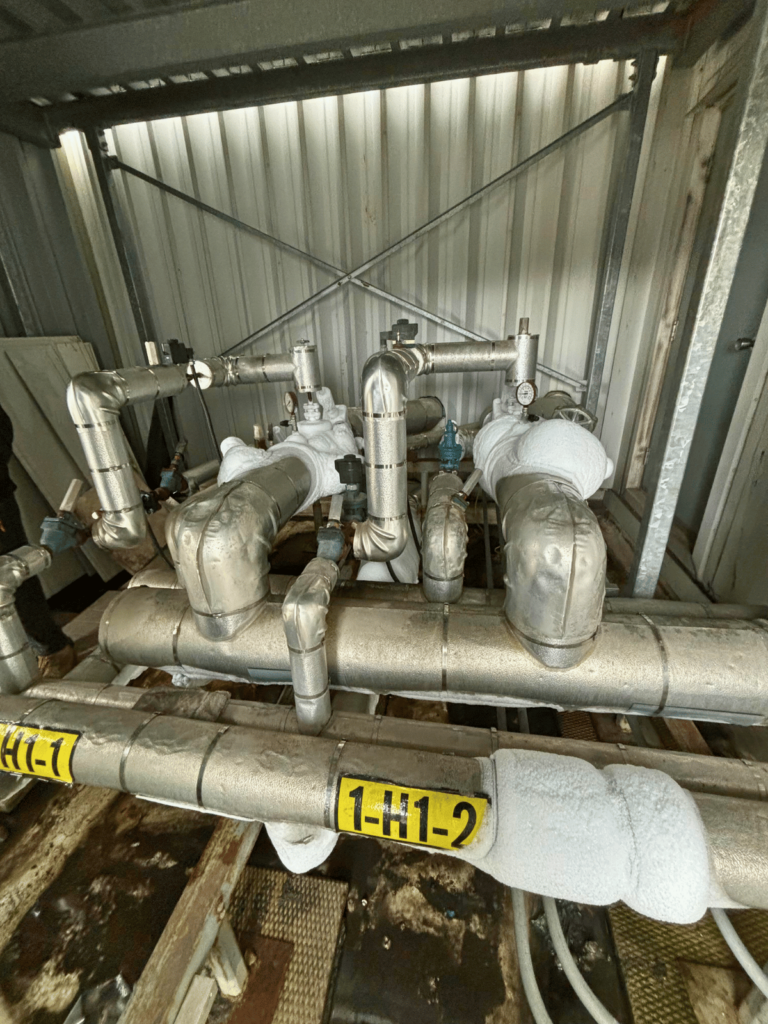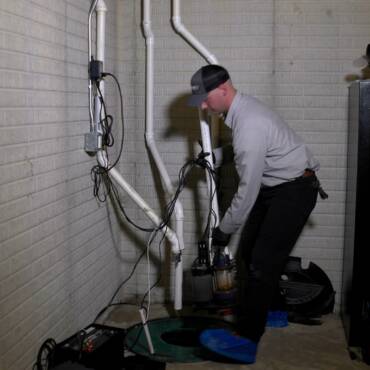Understanding Retrofitting vs Replacement
HVAC/R System Retrofitting is one of the most diverse jobs you can perform in the industry. First, it’s important to understand that retrofitting is distinct from replacement. Replacement involves swapping components “like-for-like” or replacing piping along the same route with identical materials. Retrofitting, however, refers to upgrading an existing/operating system’s components, piping, or both.
Common Reasons for Retrofits
Several factors can necessitate a retrofit:
- Component failure (where the root cause must be properly diagnosed and resolved to prevent recurrence)
- Piping issues (wear, cracks, or vibration damage)
- Sub-optimal system performance requiring improved piping routes or components
- Changes in facility requirements
In large commercial or industrial systems, the equipment’s purpose may change. For example, a freezer might need conversion to a cooler, or new process equipment may require integration with an existing header.
Step-by-Step Retrofit Process
Step 1 – Planning
Planning the shutdown requires careful consideration unless the equipment is seasonally offline. For our example valve tie-in, the plant’s Operating Engineers coordinated with the Project Manager to schedule the outage when the affected evaporators could be taken offline.
For complex jobs, the HVAC/R Mechanic/Foreman should inspect the site beforehand to identify potential barriers and determine equipment requirements.
Step 2 – Prepare
Pre-fabrication of piping sections is standard practice for retrofits requiring significant piping work. This minimizes system downtime. In our tie-in example, the welder pre-welded black iron nipples into each valve side for immediate installation.
Step 3 – Shutdown and Begin
This phase involves:
Step 4 – Complete Work
With the system prepared and secured, work execution can begin. Our tie-in example involved:
- Drilling two holes
- Positioning access valves
- Completing welding work (at -20°F on a 120-foot high roof!)
Some retrofits may involve challenging conditions:
- Stuck components requiring extraction
- Confined space work
- Critical rigging operations
- Working near live systems
Step 5 – Test and Restart Equipment
Final steps include:
- Pressure testing
- Oil addition
- System evacuation
- Refrigerant charging
- Operational testing
For our tie-ins, we conducted a “Live Test” of the welds using refrigerant vapor through an isolation valve, a common practice with ammonia systems that’s recognized by TSSA.
Summary
If you enjoy both service and construction aspects of HVAC/R systems, retrofit work offers an exciting combination of both disciplines. It presents unique challenges but delivers the satisfaction of improving system functionality and efficiency.

Whether you require installation, repair, or maintenance, our technicians will assist you with top-quality service at any time of the day or night. Take comfort in knowing your indoor air quality is the best it can be with MOE heating & cooling services Ontario's solution for heating, air conditioning, and ventilation that’s cooler than the rest.
Contact us to schedule a visit. Our qualified team of technicians, are always ready to help you and guide you for heating and cooling issues. Weather you want to replace an old furnace or install a brand new air conditioner, we are here to help you. Our main office is at Kitchener but we can service most of Ontario's cities
Source link



